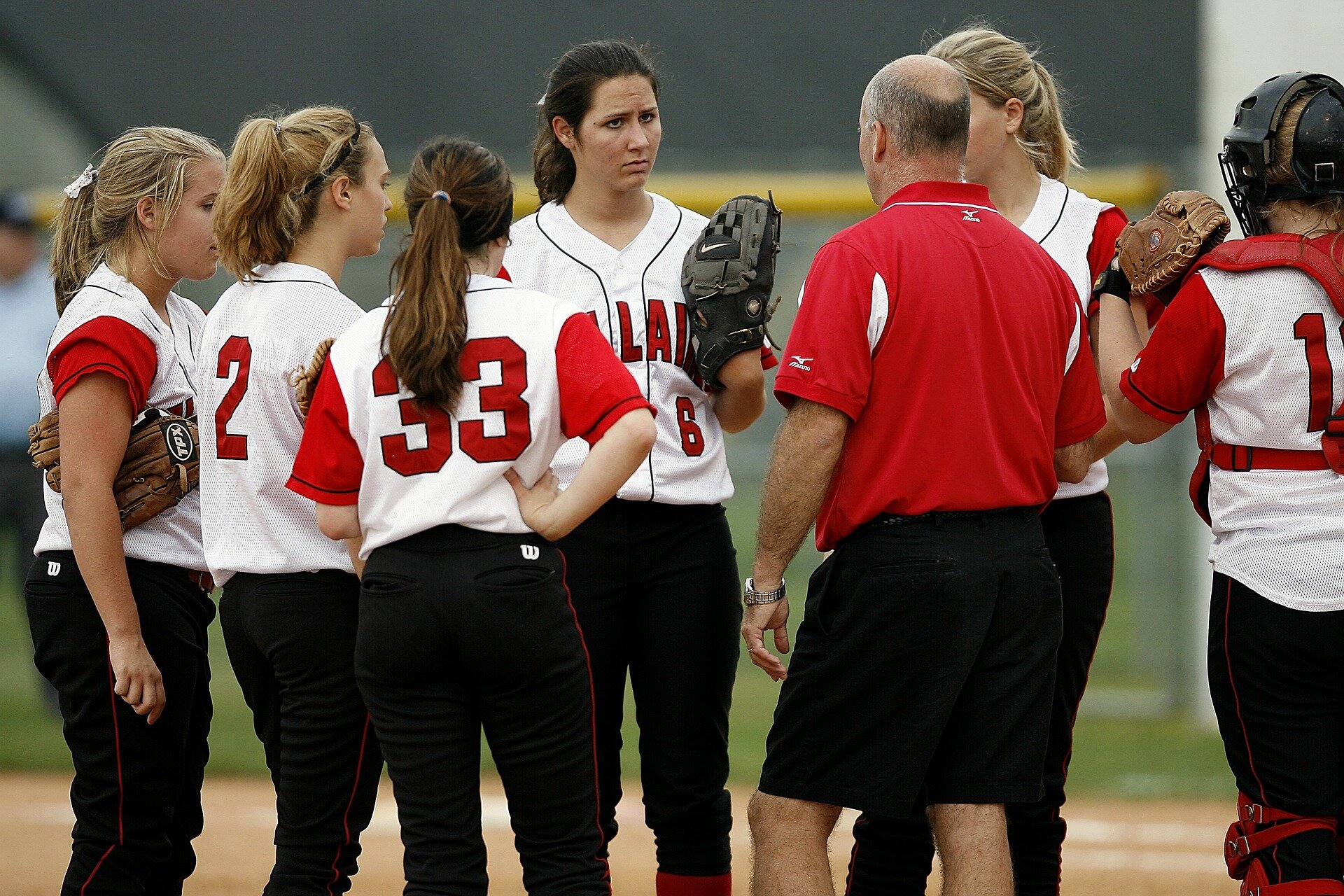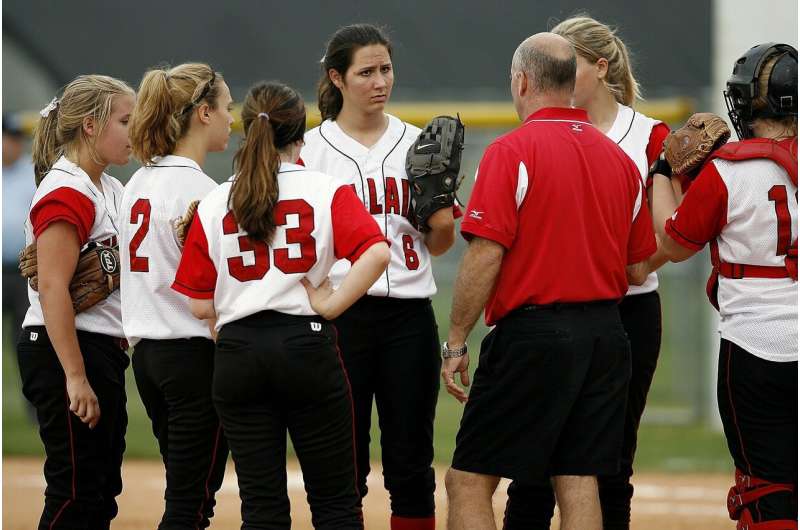

When a youth athlete suffers an injury in a game or practice, the decision about when they’re ready to return to their workout routine and ultimately to the field or court should be a collaborative decision between medical professionals, the athlete themselves and their family.
For high school athletes, and increasingly those who play middle school sports, the first opinion after an injury frequently comes from an athletic trainer, who also will be involved in the decision about when the young person is ready to resume physical activity. But athletic trainers often face pressure from coaches or others involved in youth sports to get kids back in the game before their body has fully healed.
Alicia Lacy knows this from experience. An assistant professor of athletic training at the University of Maine, Lacy’s research focuses on organizational-professional conflict in the secondary school athletic training setting. She also has firsthand knowledge of the pressure these health care providers face from coaches or other youth sports officials, since before becoming a researcher and professor, she worked as a high school athletic trainer while pursuing her master’s degree at the University of Connecticut.
“I remember one situation in particular, where there was a star quarterback injured in a game, and the coach, in the heat of the moment on the sidelines, just berated me: ‘You don’t know anything! You’re not a doctor! He needs to go back in!'” Lacy said. “It was this pivotal moment in my career, where I thought, ‘Wow, this shouldn’t be happening.'”
Since coming to UMaine in 2021 after earning her Ph.D. at UConn and completing a postdoctoral research fellowship at A.T. Still University, Lacy has published several journal articles based on her dissertation research.
One study in the Journal of Athletic Training examined how athletic trainers manage conflict when it comes to return-to-sport decisions.
Based on 16 interviews with current secondary school athletic trainers, the research found that effective communication, professional relationships, stakeholder education and professional experience are all important strategies and factors that athletic trainers rely upon when facing difficult decisions in working with patients or athletes.
“The field is moving in a really positive direction, but there are still people out there who don’t know the role of an athletic trainer. It’s not the same as personal training or strength and conditioning. So part of it is just educating stakeholders about the fact that athletic trainers are health care professionals,” Lacy said.
She adds that several of the athletic trainers interviewed for the study talked about educating coaches and others about prognosis and return-to-play timelines as well.
“Is it a week? Two weeks? A month? A lot of our participants talked about the importance of communicating effectively and transparently with coaches, ‘This is where the athlete is at now. This is what we’re doing with them. We’re going to keep doing this.’ And just continuing to update,” Lacy said.
“That helps coaches and other stakeholders understand the athletic training profession and what athletic trainers can and can’t do.”
Lacy’s research fills a critical gap in the literature on the professional concerns of athletic trainers. Most previous studies and anecdotal information about workplace conflicts in the field have focused on the collegiate level.
However, as Lacy notes, athletic trainers working in K-12 settings have fewer resources and by and large have to manage conflict without support from other medical professionals.
“You really are on an island. Most of the time you’re the only athletic trainer if not the only person with medical training,” she said.
“And in many situations, secondary school athletic trainers are hired by, work closely with, and report to athletic directors and coaches, which inherently creates tension due to competing interests.”
In addition, several states face shortages of certified athletic trainers. In Maine, for example, just 37% of high schools have a full-time athletic trainer, while the rest have only part-time coverage or no coverage at all.
“It’s a big problem in a state like Maine, where we only have three hospitals designated as trauma centers and none north of Bangor,” Lacy said.
“If a student athlete suffers a serious injury or medical event in a rural area, and there’s no athletic trainer on site, the response time is going to be slower and the ability to get them the treatment they need is going to be delayed.”
Lacy said the coach who yelled at her on the sideline later apologized and they patched things up. Still, she’s hopeful that her research will help future secondary school athletic trainers when they face conflict in the workplace.
“I think helping athletic trainers feel supported is an important step in filling these critical positions in our communities and schools,” she said.
More information:
Alicia M. Pike Lacy et al, Secondary School Athletic Trainers’ Experiences Managing Workplace Organizational- Professional Conflict, Journal of Athletic Training (2024). DOI: 10.4085/1062-6050-0627.23
Provided by
University of Maine
Citation:
Research aims to help secondary school athletic trainers manage conflict (2024, July 30)
retrieved 30 July 2024
from https://phys.org/news/2024-07-aims-secondary-school-athletic-trainers.html
This document is subject to copyright. Apart from any fair dealing for the purpose of private study or research, no
part may be reproduced without the written permission. The content is provided for information purposes only.

